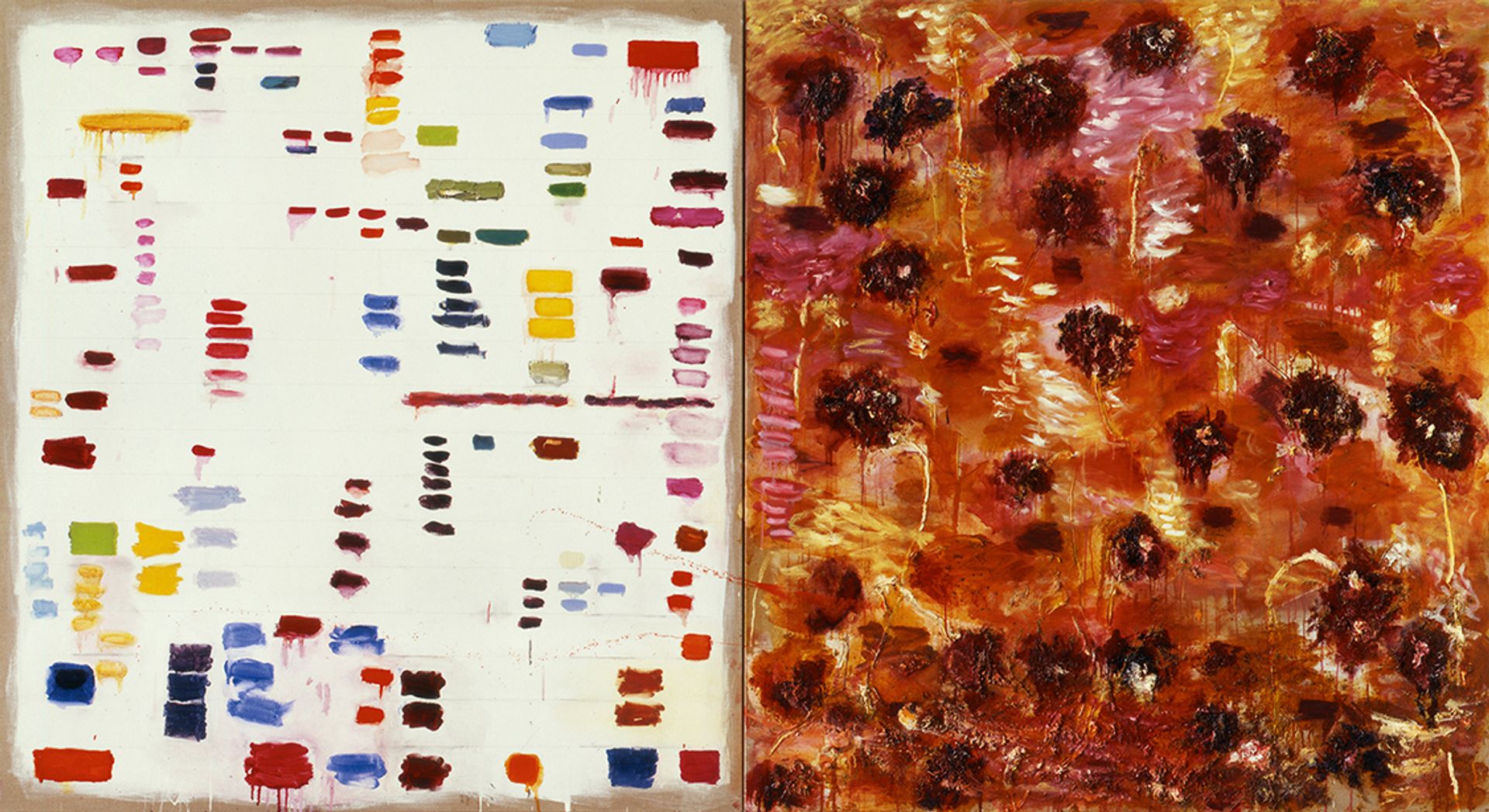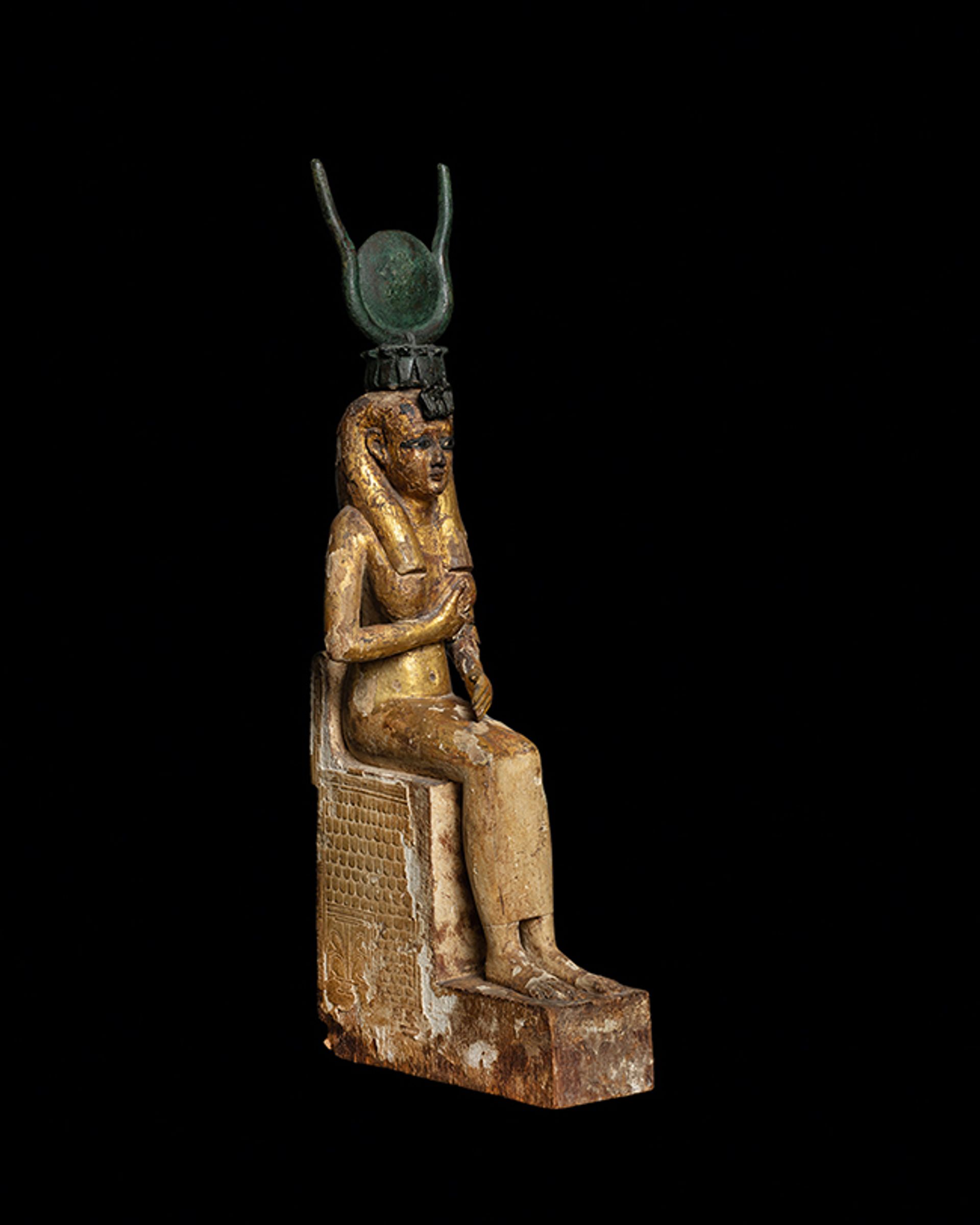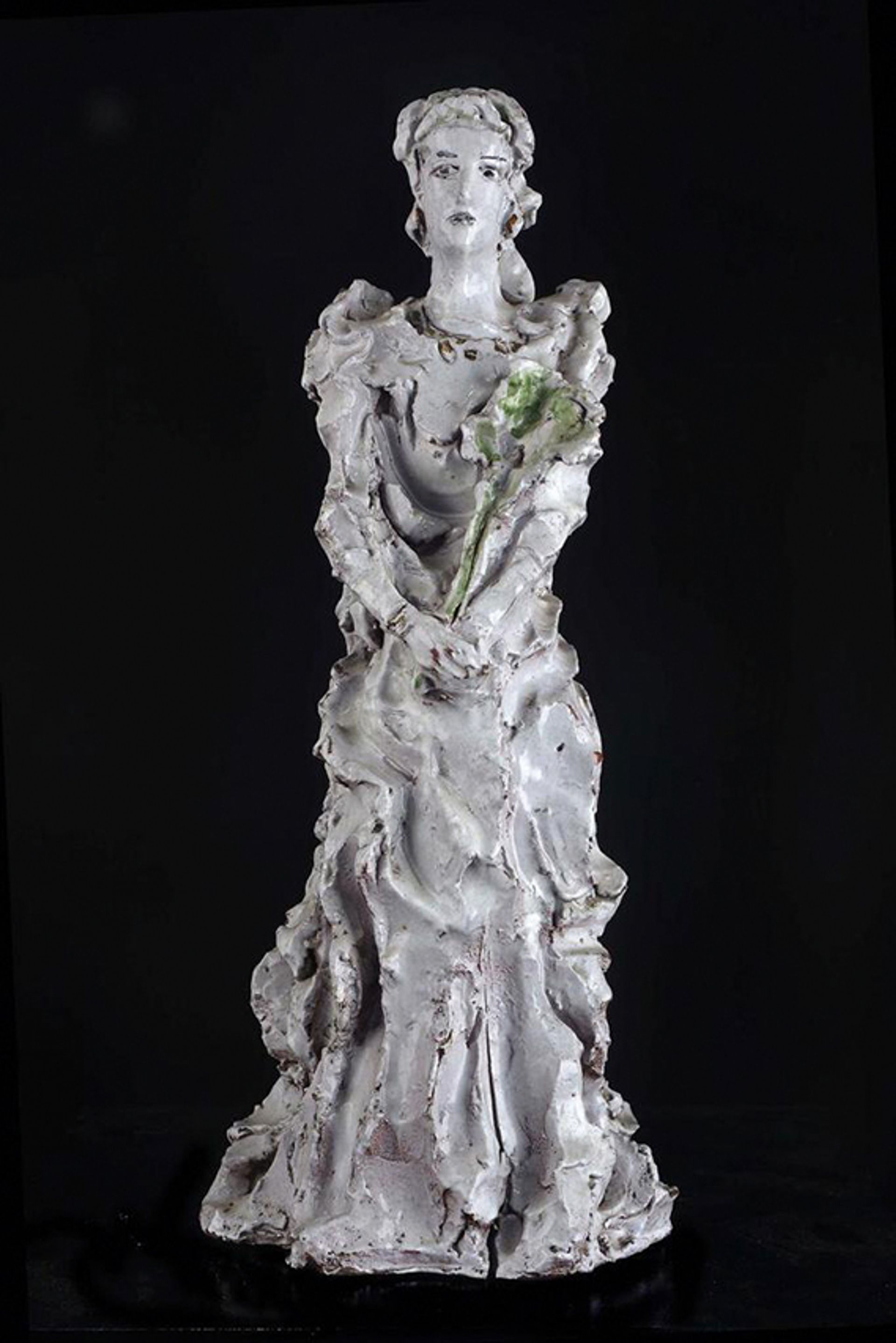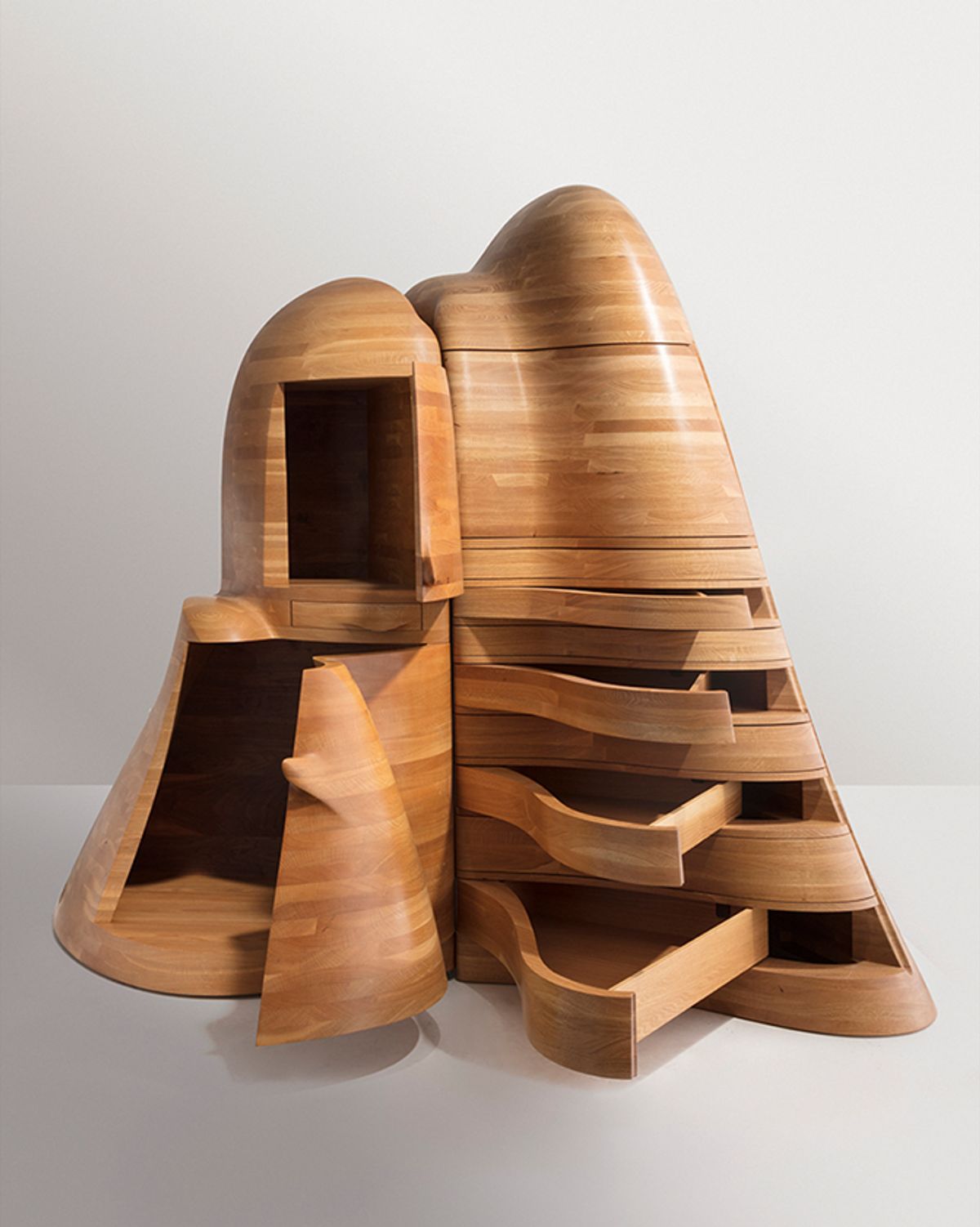If turbulence has taught the market anything over the past decade, it is the value of constants. And yet, even the most tradition-oriented art fairs need to keep things fresh. Now in its tenth edition, The European Fine Art Foundation’s (Tefaf) New York fair (until 14 May) has undergone a steady evolution on its way to establishing itself as the esteemed US cousin of its older counterpart in Maastricht, while at the same time differentiating itself as a brand on its own terms.
“Tefaf and the city of Maastricht have long held a magical place in the hearts of the intrepid collectors who make the journey,” says Will Korner, Tefaf’s head of fairs. “It’s an experience like no other. We believe the formula continues to work.”
Client base expansion
This year, visitors to Tefaf New York can expect to see top works from women artists, as well as lower-priced art in a new section that has younger buyers in mind. Off the back of the successful Emerging Collectors Program debuted at Tefaf Maastricht in March, the organiser of the New York edition will replicate that effort in an attempt to expand the event’s client base and develop new audiences.
The special sector, which is by invitation only, will offer works of art priced up to $50,000. A guest curator has tailored the programme with an educational bent intended to “attract and engage emerging collectors, guiding them towards connoisseurship”, according to a fair spokesperson.
“In terms of the age of collectors attending the New York City fair, it is probably younger than our European edition, with its position within the city’s broader programme and because of the way that wealth is spread here,” Korner tells The Art Newspaper. “We are developing new partnerships and cross-promoting fairs to collectors on both sides of the Atlantic, so the flow between fairs goes both ways.” The New York event is also beginning to get an influx of collectors from US museums and patron groups, he adds.

Primary Fields (2001) by Joan Snyder, at Thaddaeus Ropac
Courtesy Thaddaeus Ropac
Reports on last year’s New York fair attributed an increase of works by women to this expanding spread of museum contacts and interests. Although data to support such claims is not yet available or systematically collected (Korner says Tefaf “may do so in the future”), this year’s line-up does feature a number of works by top-tier female artists. The highlights include a stand dedicated to the work of Joan Snyder from Thaddaeus Ropac; Top Secret 3 (2012) by Jenny Holzer, on offer at Sprüth Magers; and Abito Silver II (2021) by Naples-born Isabella Ducrot at Galerie Gisela Capitain. First-time participant Salon 94 will bring a selection of works by Rebecca Salsbury James, several of them priced between $275,000 and $375,000 each.
Jewel-box prestige
Although Tefaf’s US edition, founded in 2016, shares a waft of prestige and scholarship with its European heavyweight counterpart in Maastricht (held annually since 1988), the former does so on a markedly smaller scale. Around 90 exhibitors will take part this year, compared with 270 in the most recent iteration in the Netherlands.
Tefaf originally premised its New York expansion on presenting a broader swathe of art history across two seasons, with one fair in autumn as well as one in spring. But the event’s organisers recognised the demand for a more tightly focused fair with an emphasis on Modern and contemporary art (and less on jewellery, antiques and design) staged just once annually. Tefaf announced in April 2021 that it would retire the more classically minded October fair, whose 2020 iteration had been postponed because of the Covid-19 pandemic.

Egyptian gilt wood and bronze statuette of Isis (332-30BC) at Charles Ede
Courtesy Charles Ede
The shift to Tefaf New York’s current once-yearly form has been welcomed by many exhibitors. “Though we also participated in the fall edition back when it was running, it has always been the contemporary fair in spring where we make our best clients,” says Charis Tyndall, the director of London’s Charles Ede gallery, which is bringing a gilt wood and bronze Egyptian cult statuette of Isis (around 332-30BC) priced at $45,000.
Tefaf’s location at the historic Park Avenue Armory has helped the brand nestle into a packed May diary alongside Frieze New York, Independent and a slew of other fairs, as well as Christie’s, Sotheby’s and Phillips’s headline sales of Modern and contemporary art in their US headquarters.

Lucio Fontana's La Novia (the bride) (1940) at Robilant + Voena
Courtesy Robilant + Voena
“The fair’s position in the calendar is more than just finding a slot for the event. With the Old Master sales in January, followed by Tefaf Maastricht in March, having an event focused on Modern and contemporary in May is a natural progression as we then move into summer and smaller fairs across Europe,” says Helen Record of the gallery Robilant + Voena, which will offer a series of ceramics by Lucio Fontana priced between €200,000 and €800,000, including La Novia (the bride) (1940). The gallery’s stand will also feature paintings by Alexander Calder and Sam Francis to demonstrate “the important dialogue between Europe and the United States in the 20th century”, she adds.
Curatorial statements
The use of the Armory’s 16 period rooms, which are generally closed to the public the rest of the year, has increasingly become recognised as an opportunity to make a curatorial statement. This year, plans for the spaces include a group display by Galeria Nara Roesler (including works by Gego, Sheila Hicks, Tomie Ohtake and Heinz Mack, among others), an array of 20th-century Nordic design objects from the gallery Modernity Stockholm and a consideration of the American Studio Craft Movement and Mid-Century Brazilian design by R & Company.
Presentations of works across multiple eras, genres and regions also appear to be thriving, despite the enhanced concentration on Modern and contemporary art.
“The conversation between works from different periods and surprising juxtapositions is not often found at other international fairs, and is the reason the fair has grown each year and drawn such an incredible list of exhibitors,” says David Leiber, a partner at David Zwirner. “The Armory has never looked better.” The gallery will be offering a dual presentation of works by Giorgio Morandi and George Ohr at the 2024 edition of Tefaf New York.
Lessons learned
Despite the many changes, there remains a clear respect for the academic side of the fair, underpinned by its stringent vetting. “Tefaf is an opportunity for collectors in New York and beyond to experience a calibre that had been missing from the New York fair landscape,” says Emmanuel Di Donna, the founder of Di Donna Galleries. “It both activates the uptown collecting community and draws a discerning audience uptown, so it is an excellent gateway to Upper East Side galleries such as ours.”
Di Donna also highlights the use of the fair by New York-based galleries as a platform to create dialogue with their shows in the city. He describes his Tefaf presentation this May as a “pendant to the scholarly exhibitions that we have on view a few blocks away at our Madison Avenue gallery”. He plans to bring a group of Modern works “with a shared interest in the natural world and the cosmos” to his Tefaf stand this May, including examples by Paul Klee, Alexander Calder and Yves Tanguy ranging in price from $700,000 to $2.5m.
Market worries
The New York fair is opening in a period of widespread geopolitical crises and talk of a downturn in the art market overall. Recent data, including in the 2024 Art Basel and UBS Art Market Report, has signalled that even collectors’ traditional “flight to quality” response in times of socioeconomic instability has been wavering—a prospect that could raise alarms for a fair like Tefaf, which defines itself by the high quality of its offerings.
But amid these challenges, Korner remains confident: “The success of our Maastricht edition this year, despite everything, confirms my personal belief that our area of the market, because it’s niche and reliant on a solid base of collectors, is not as much impacted by wider uncertainty. Not a single gallery has raised any concerns in advance of our opening.”


